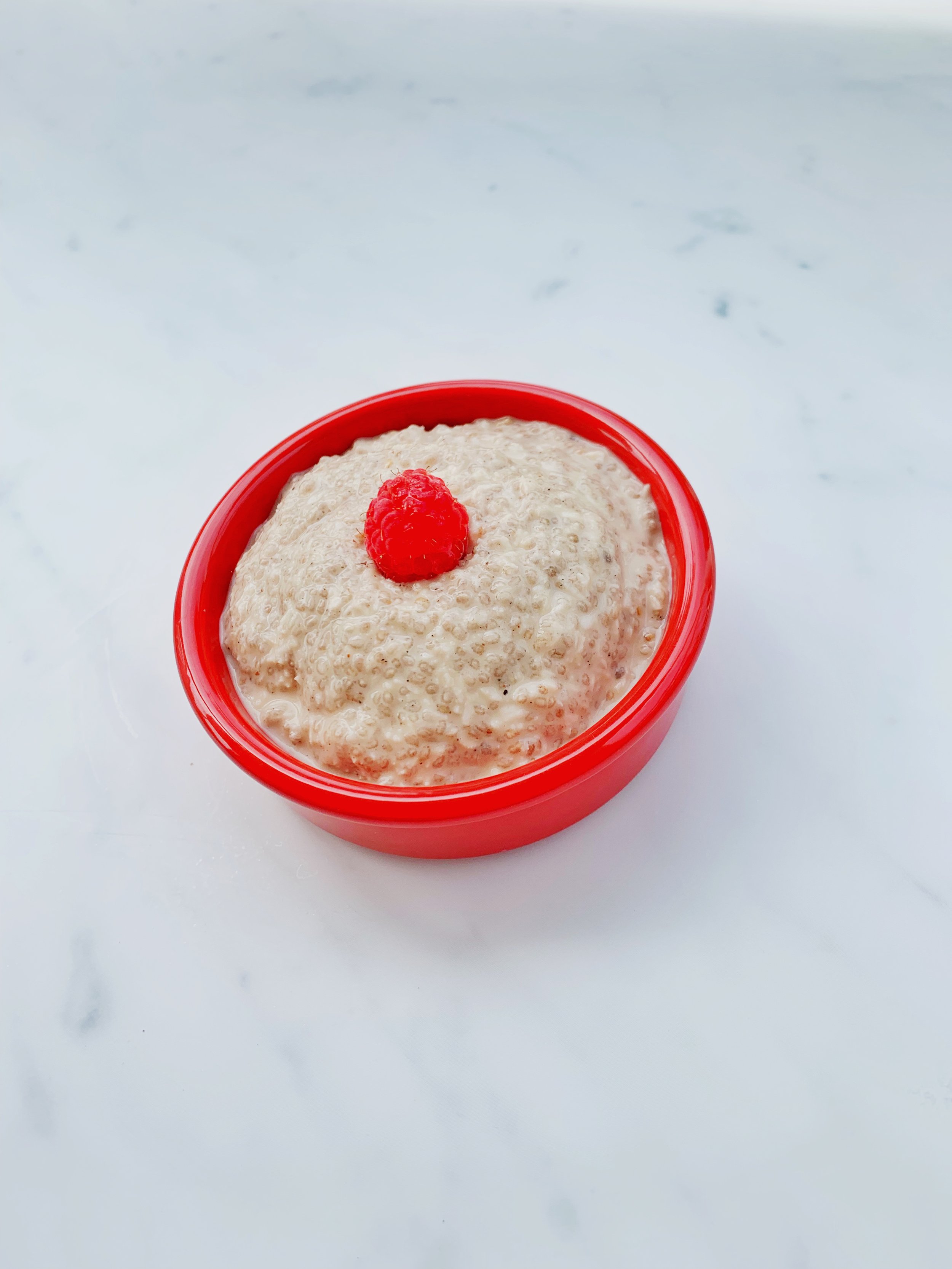Top 10 Grocery Shopping Tips for a Healthy Family
Hi there!
A healthy family diet usually begins with the foods you regularly keep on hand in your home. Makes sense, right? If you’ve got hungry people to feed and a refrigerator and pantry full of healthy choices, chances are looking pretty good that they’ll eat at least some of the good stuff you’ve bought! It starts what goes into your grocery cart. As a practicing pediatric dietitian and child feeding expert, here are my top 10 tips for grocery shopping your way toward more energy, improved mood and better balance all around:
1. Shop with a list! Hitting the store with a plan reduces the likelihood that you'll forget an item and can help prevent impulse buying (which - let's face it - usually involves tossing foods into your cart that aren't going to set you on a healthy path). If you take some time to plan your meals for the week ahead and then shop for what you’ll need, you'll set yourself up for success.
2. Group your list: Save time by grouping your list into categories that match the layout of your store. This may sound more complicated than it really is. All you have to do is group together your list of fruits separately from your veggies, separately from your grains, etc., so that you only visit each section once.
3. Don’t go to the grocery store hungry! When you shop on a full stomach, you're much better equipped to make mindful food choices.
4. Search for produce: Spend the majority of your time and money in the produce aisles, which is where you'll find the majority of your plant-based, nutrient-dense, minimally processed whole foods. Choose produce that is in season and be selective! Produce should look firm, fresh and free from insect damage, wilting, shriveling and/or decay. Fruits should smell sweet and be free of bruises and punctures - in general, the smaller pieces of fruit are sweeter. If you give them a squeeze, most (except apples) should yield slightly to gentle pressure.
5. Seek the freezer section: Spend some time in the freezer section as well! Frozen produce is harvested at peak ripeness and frozen immediately, so it retains its nutrients and is an excellent alternative to fresh fruits and veggies.
6. Organic vs. non-organic: Organically grown produce is generally more environmentally-friendly than conventionally grown and contains fewer pesticide residues, however there is no evidence that organic fruits and vegetables offer significant nutritional benefits or better flavor. If it’s important to you and within your budget, by all means, buy organic! But know that you can decrease your pesticide exposure by thoroughly washing all of your produce before eating it, and that it’s always better to eat conventionally-grown fruits and veggies than avoid produce when organic is not an option.
7. Plant-based protein: Consider building more meatless meals into your weekly rotation and pop some plant-based proteins in your shopping cart! Try tofu, edamame, chia and hemp seeds, lentils and/or quinoa.
8. Explore bulk bins: If you are curious about new grains, legumes and/or dried fruits and veggies, try the bulk bins. You can buy a small amount and try it out at home to see if you like it before buying a larger amount.
9. 80/20 ratio: Before you pay, eyeball your shopping cart. Ideally, 80% or more of the calories in your cart should come from plant-based whole foods, and 20% or less from animal based foods such as lean meats, eggs, fish and low-fat dairy.
10. Online grocery delivery: If an online grocery delivery service is available in your area, give it a shot! Building your grocery order online can make it easier to plan ahead, evaluate the contents of your cart carefully before you buy and check your pantry even while you shop so that you can avoid re-buying items you already have.
Every healthy choice you make at the grocery store takes you another step closer to a dietary lifestyle that promotes your health and the health of your family. Kudos to you for making nutrition a priority! If you’re looking for some tips on how to get your kids to eat all those veggies you just bought, check out this post: Top 10 Ways to Get Your Kids Happily Eating Vegetables.
Grab my FREE guide to reducing picky eating, or if you are looking for more guidance navigating picky eating behaviors in your toddlers, preschoolers, and school-age kiddos, check out my online course, Solve Picky Eating, a self-paced set of 12 modules that are delivered quickly in 5-15 minute videos.
And if you need guidance around a specific nutrition-related concern, I am currently accepting new clients in my virtual private practice. Book a 1:1 session with me and we’ll get to the bottom of it.







